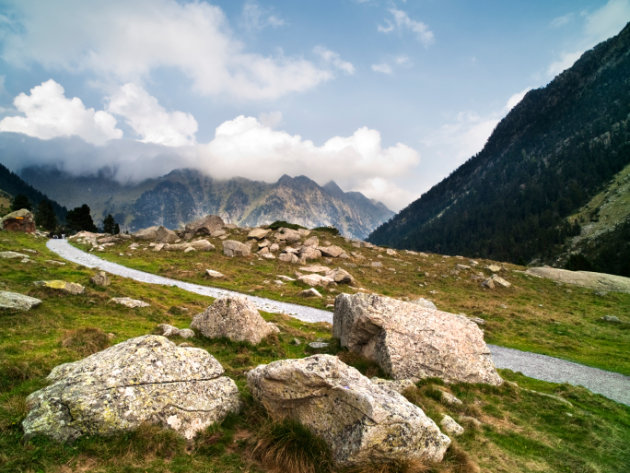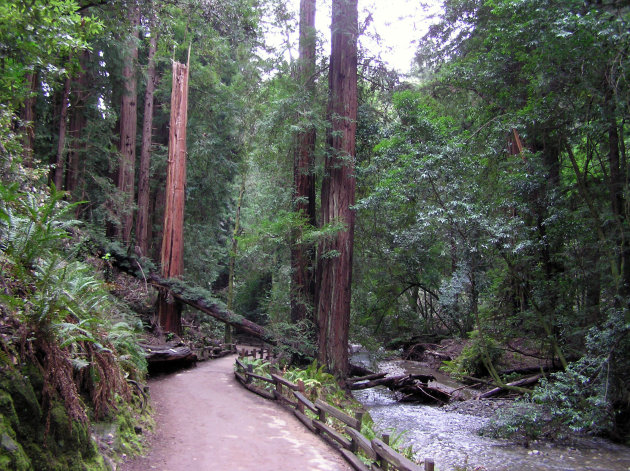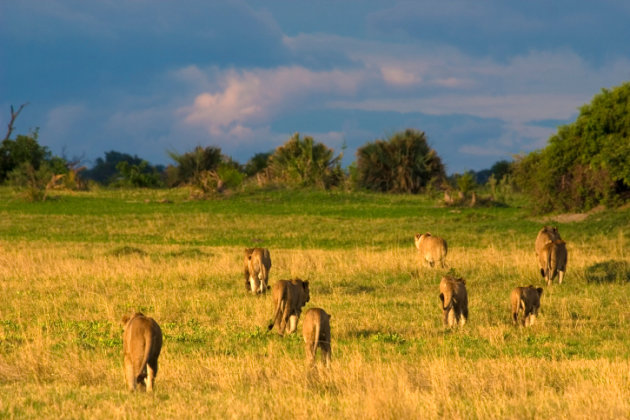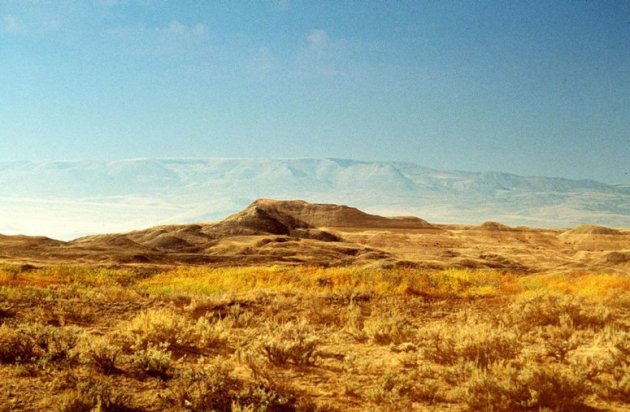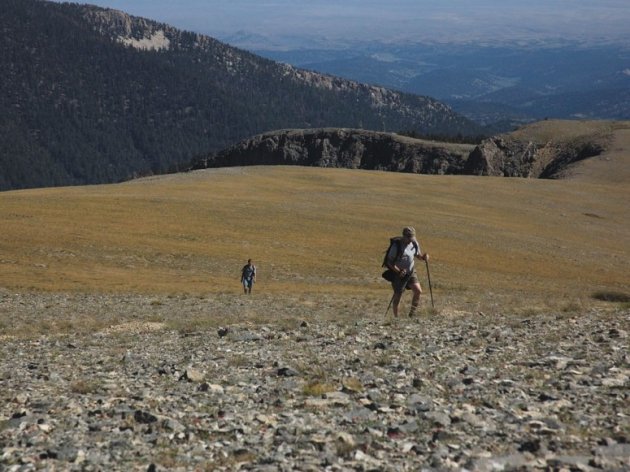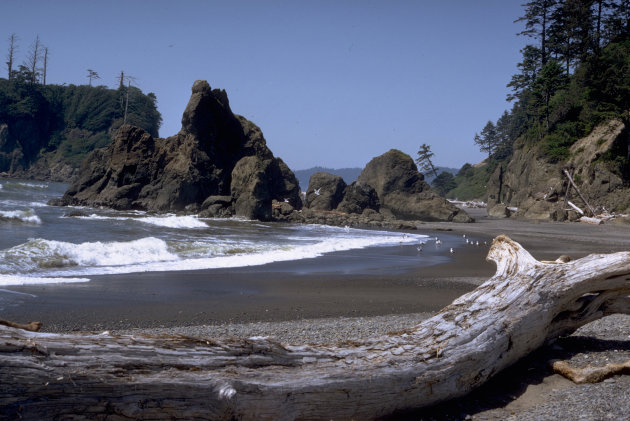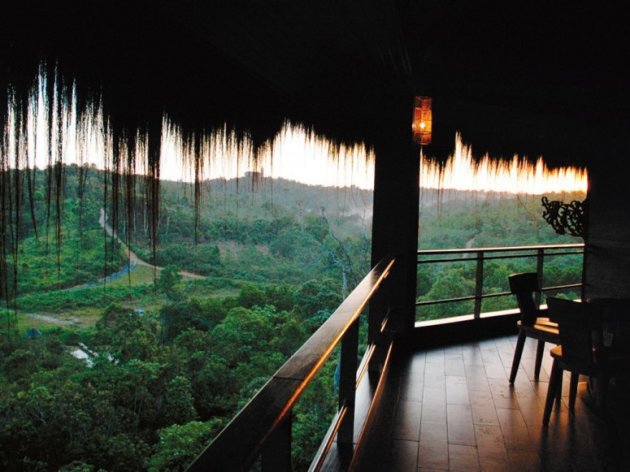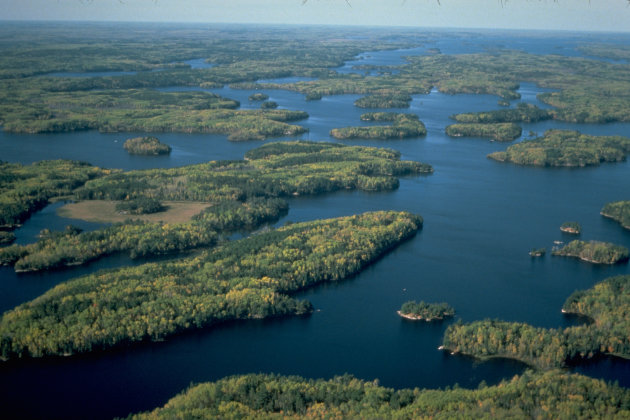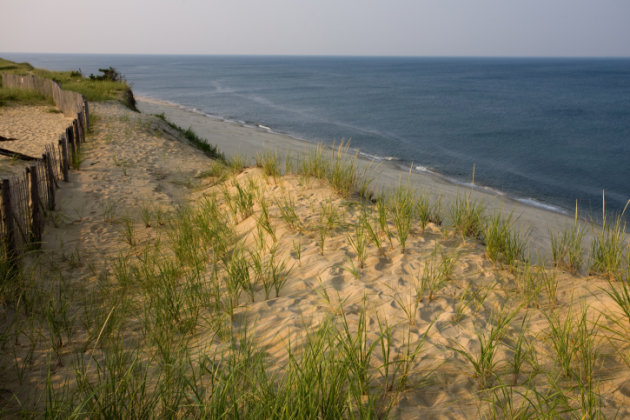阿甘练舌
熟能生巧From Yahoo Travel at http://travel.yahoo.com/ideas/world-s-last-great-quiet-places.html?page=1
By Monica Kim | Conde Nast Traveler – Thu, Aug 30, 2012 6:28 PM EDT
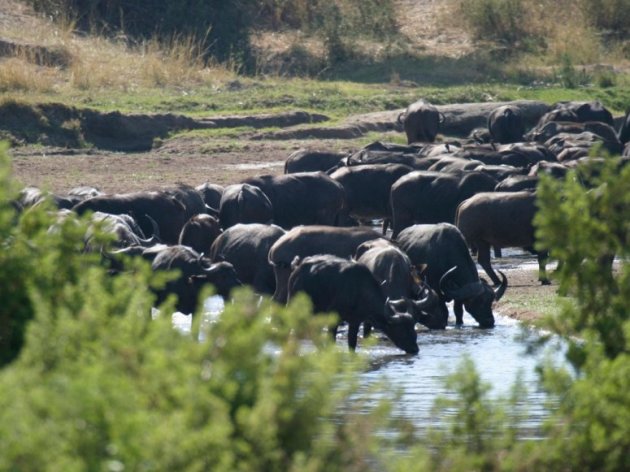
(Courtesy of the Tanzania Ministry of Natural Resoruces)
Bernie Krause has found aurally uncorrupted places on almost every continent. Not surprisingly, most of them are in remote locations.
Gordon Hempton, who has been recording soundscapes for 30 years, says that we’re in danger of losing places of purely natural sound unless people speak out against noise pollution and governments enact laws to limit its reach. Here, Krause and Hempton share their top picks for noise-free spots.
Selous, Tanzania
Closest major city: Dar es Salaam (155 miles)
For the bold natural-sound seeker, Tanzania’s remote Selous is an adventurous alternative to the more-visited Serengeti. Vast areas of the reserve are rarely traveled, and visitor numbers and all human activity are carefully monitored and controlled by the Tanzanian Ministry of Natural Resources and Tourism. Among the wildlife you’ll find (and hear) are hippos wallowing in oxbow lakes, Cape buffalo grazing in the grasslands, and lions, whose roars often pierce the night’s quiet.
Pyrenees National Park, France
Closest major city: Lourdes (20 miles)
The nearby town of Lourdes draws thousands of pilgrims each year, but the Pyrenees National Park attracts people seeking a different sort of healing. The park’s dramatic landscape of jagged peaks and verdant valleys is home to more than 70 species of animals, including bears and Pyrenean chamois, but the most common sounds are those of the sheep being tended by shepherds in the designated farming areas that dot the region.
Muir Woods National Monument, California
Closest major city: San Francisco (11 miles)
Muir Woods is just a short drive from San Francisco, but it’s separated from the sounds of the city by the Golden Gate strait. Muir’s enormous trees actually create sonic drama by helping to contain the natural sounds. Travel in the early morning on weekdays to avoid the hordes of tourists who can spoil the forest’s quiet. Cathedral Grove is an ideal place to hear the dawn chorus and the trilling call of the canyon wren.
Moremi Game Reserve, Botswana
Closest major city: Maun, Botswana (93 miles)
The Moremi Game Reserve, on Botswana’s Okavango Delta, is a 1,900-square-mile basin of swamps and woodlands teeming with wildlife. It’s an ideal spot to listen to the songs of the birds perched in the acacia trees and wading in the reed beds along the rivers; the cackling of hyenas; and, if you’re lucky, even the quiet, padding steps of a leopard. Peak travel season is July through October, when the animals gather near the water and are most active.
Grasslands National Park, Saskatchewan
Closest major city: Regina (227 miles)
Hempton describes Grasslands National Park as one of the last great quiet places in North America. The park has exceptional listening opportunities in landscapes including prairies, valleys, badlands, and buttes. Grasslands is also one of the few remaining places in the world where black-tailed prairie dogs and black-footed ferrets can be seen in their natural habitat, though Hempton says the extraordinary birdsong is the real reason to come.
Great Basin National Park, Nevada
Closest major city: Salt Lake City (258 miles)
Off of U.S. Route 50, the most isolated highway in the country, Nevada’s Great Basin National Park is so hushed that “you can hear the birds’ wings as they fly,” says a retired superintendent. The arid landscape is home to jackrabbits and coyotes in the desert, and bobcats and marmots in the hills. The park doesn’t get many visitors and there’s no cell phone service in the area, so you’re all but guaranteed a journey into stillness.
Olympic National Park, Washington
Closest major city: Seattle (84 miles)
Olympic National Park, where Hempton staked out his One Square Inch of Silence, is in his opinion the last great quiet place in the United States. Its three distinct ecosystems — mountains, forests, and coast — make it one of the most sonically diverse environments anywhere, Hempton says. Though the damp weather can be a challenge, every part of the park can be easily accessed from U.S. Highway 101, which wraps around the Olympic Peninsula.
Samboja Lestari, Borneo
Closest major city: Balikpapan (24 miles)
Borneo is one of the best places to hear orangutans howl, and the Samboja Lodge puts you right in the middle of an orangutan rehabilitation center, far from the noises of illegal logging and oil palm plantations. Each room has a balcony, providing a perfect perch to see the apes swinging from branches and, in the evening, to hear the chorus of tree frogs (805-484-9393; two-night packages from Southeast Asia Tours start at $425 per person, double occupancy, including transfers, meals, and guided treks).
Voyageurs National Park, Minnesota
Closest major city: International Falls (12 miles)
The main part of Voyageurs National Park is accessible only by boat, although in winter, the preferred modes of transport are snowmobiles, skis, and snowshoes. Listen for the smack of a beaver’s tail or the croaking cry of the great blue heron (the birds nest all over the park). Walk up the Ash trail and listen for the black-capped chickadee’s clear whistle. It’s best to visit during late spring/early summer, when the ice melts and the animals grow active after the long winter.
Marconi Beach, Massachusetts
Closest major city: Boston (100 miles)
Located along Cape Cod’s Atlantic shoreline, Marconi Beach is part of the Cape Cod National Seashore, which President Kennedy designated as a protected natural environment. A steep sand cliff behind the beach acts as a sound buffer and helps to amplify the natural sonic environment. Go early in the morning to hear the gray seals bark as they feed and play accompanied by the sound of the waves crashing against the beach.




